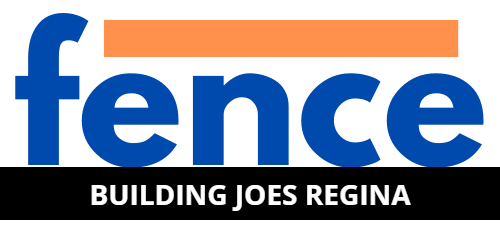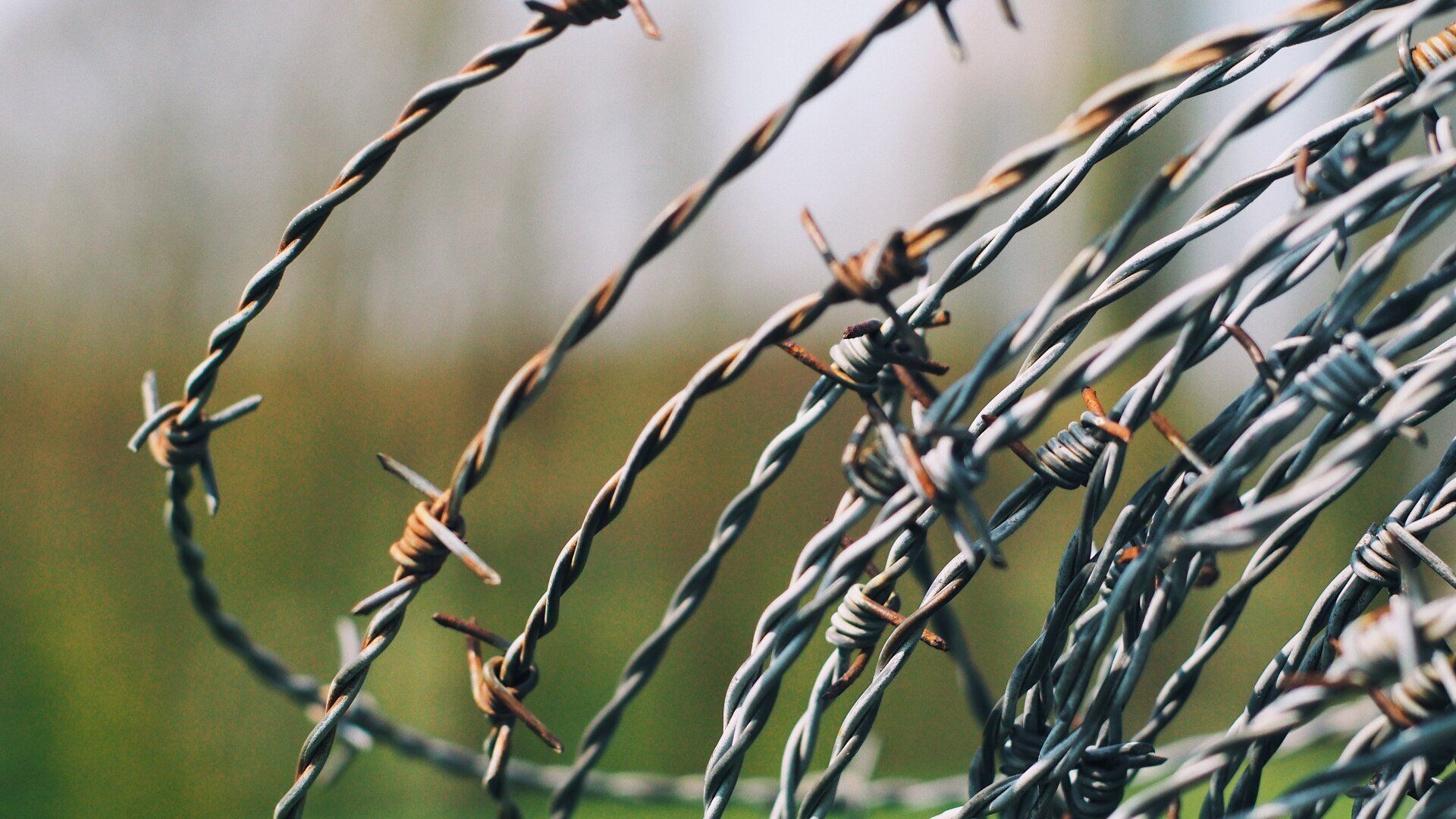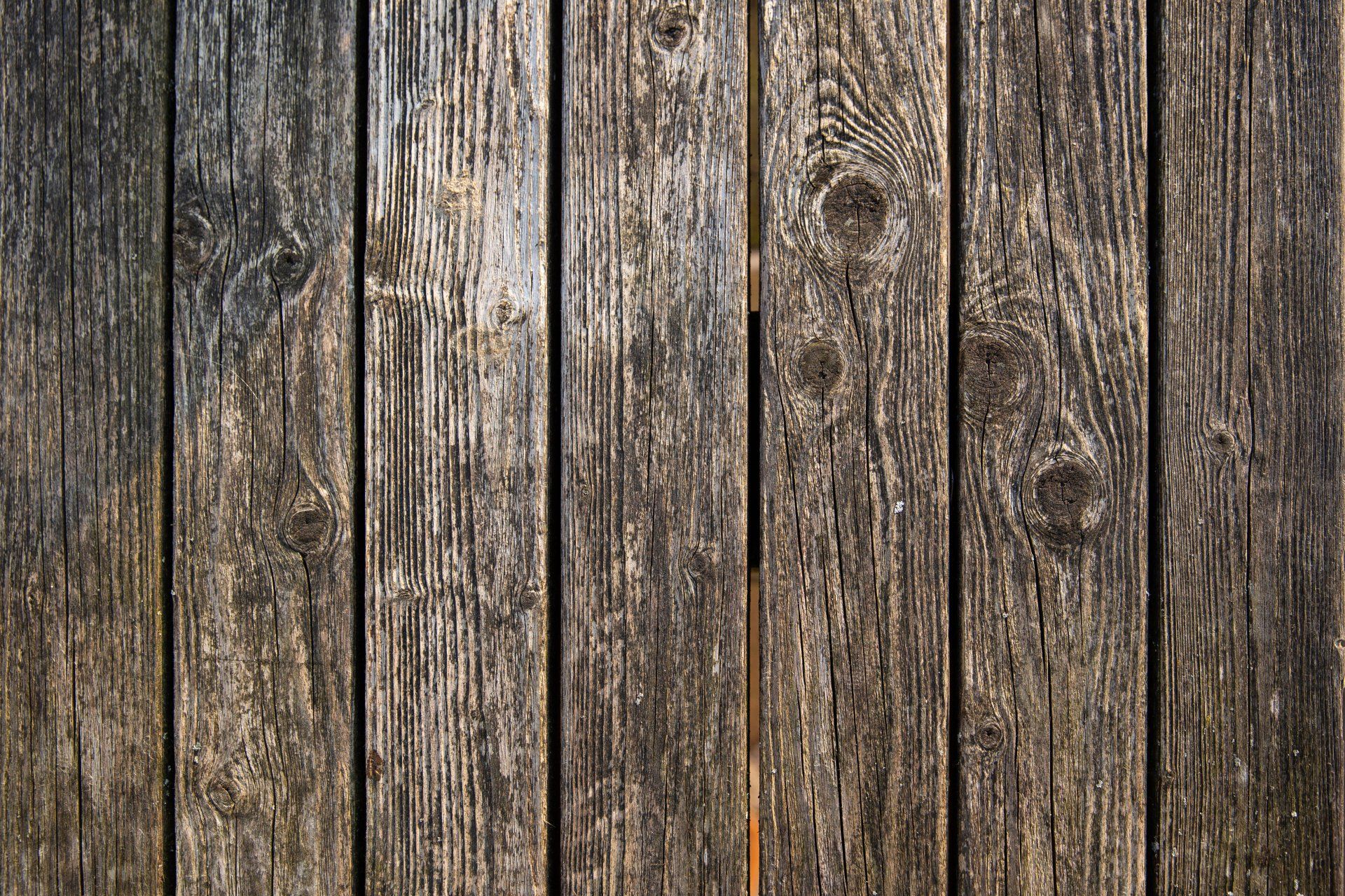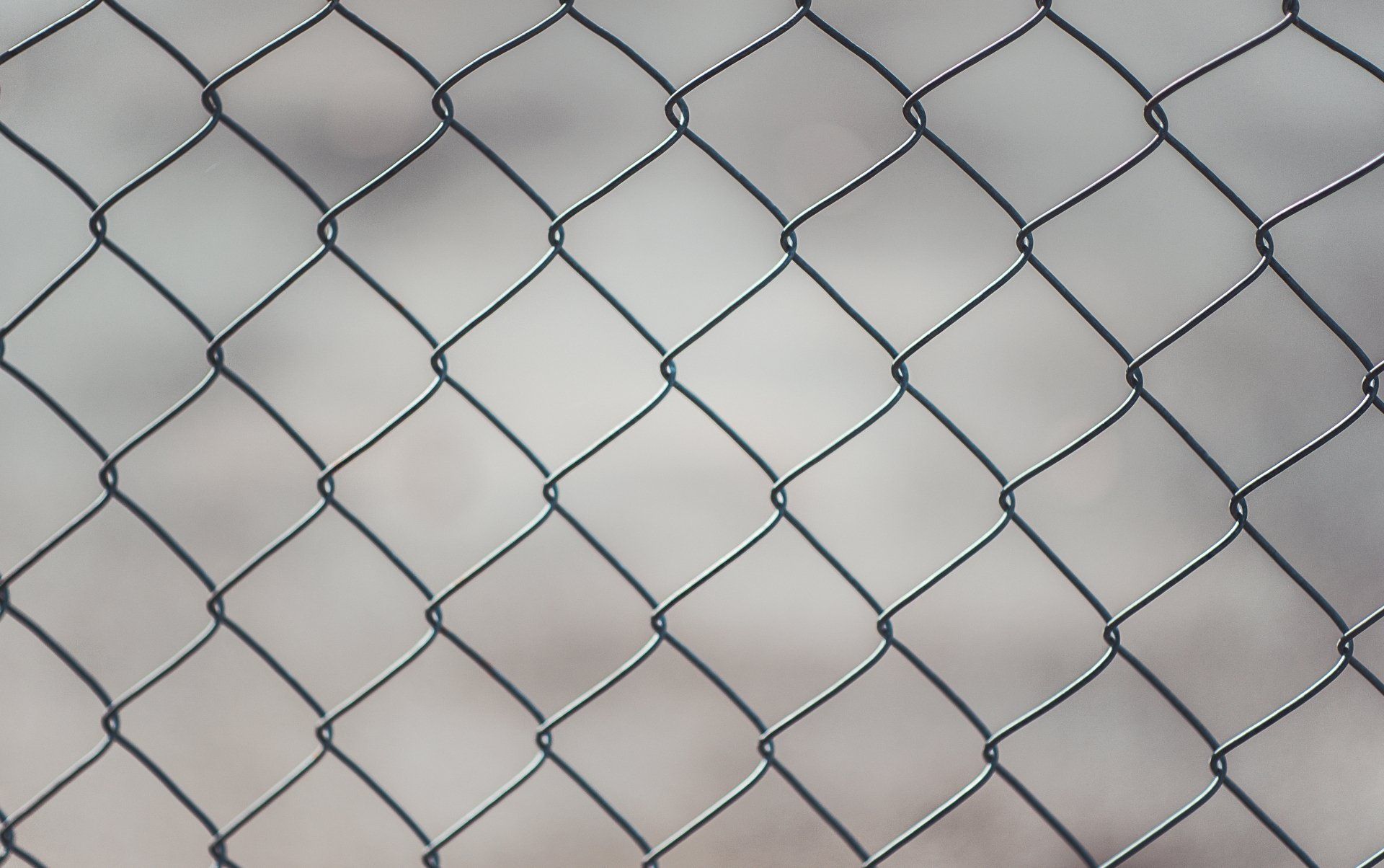Things to Consider When Installing a Fence
July 1, 2022
Things to Consider When Installing a Fence
Yes, it is possible to install a fence on your property. Here's a quick checklist:
- Permits and Dig Test: For most areas, you will need to call Dig Test (Call 811). This free service allows you to contact major utilities in your area and ask them to mark underground wires, cables, and fiber optics. This is vital to avoid costly repairs, property damage, or even death. You can also contact your local building permits office to find out if permits are needed for the project. This will clarify any doubts about the location of the fence.
- String: If I don't have Braided Mason string, it may not be good. Twisted lines will not hold their shape and will cause them to sag. A slight breeze can cause a twisted fence to become unsteady. The never-ending fraying and twisting of the nylon string.
- Stakes: Wood stakes or even a piece of rebar to mark lines. These items can be dangerous when used on job sites. It is not wrong to use them on a job site. We have used them numerous times. We use a two-pronged strategy. The first one is in concrete, and the last is in fencing. To ensure that the rails and posts match, all fences must meet tight tolerances. If you miss your first post, even after having dug all the holes, it is not a problem. Each post that follows will need to be manually dug.
- Paint for marking upside-down: It's a staple but not a necessity. Use white paint. Your dig testing company will use most colors, and they might mix with underground lines. Make sure you get the Marking paint and not the Striping paint. The pattern of striping paint is much larger. Consider a parking lot stripe.
- Powered Auger: If you have to do more than a few posts, a power auger is the best choice to quickly install a fence.
- Post hole digger: Don't buy cheap if this is your only use for them. Nylon lock nuts should be used on the handles and the cross-bolt between the blades to make a decent set. They have been modified with pipe handles in the past. It is important to be fit for this job, as it can wear you out. The correct motion of using PHDs may not be part of your daily life.
- Sharpshooter Shovel: A sharpshooter Shovel is a must-have. It is very narrow in the blade and has a shorter handle. If you only need a few inches of space, it is ideal for scraping around the edges of the hole. It can even handle small roots and rocks. You will also need to fill the hole with concrete.
- Possibly Root or Rock Bar: If there are large rocks in your soil or trees with large roots nearby. Another great tool is the Rock bar. It is a 6-foot-long, 1-inch thick bar with a flat chisel at the end. Sometimes, a point is added.
- 100-ft Tape Measurement: A roll of 100-ft tape helps to prevent a lot of problems while keeping the marks precise.
- 24-ft tape measure: Measurements must be taken once you have set post. 24 feet is enough.
- Fence (duh!)
- Bag of Concrete: It doesn't matter whether you use the dry or wet setting method. Mixing your own Portland, gravel, or sand is too difficult. For your job, get a ready-made mix.
Regina Fencing Quote
Regina Fencing Quote
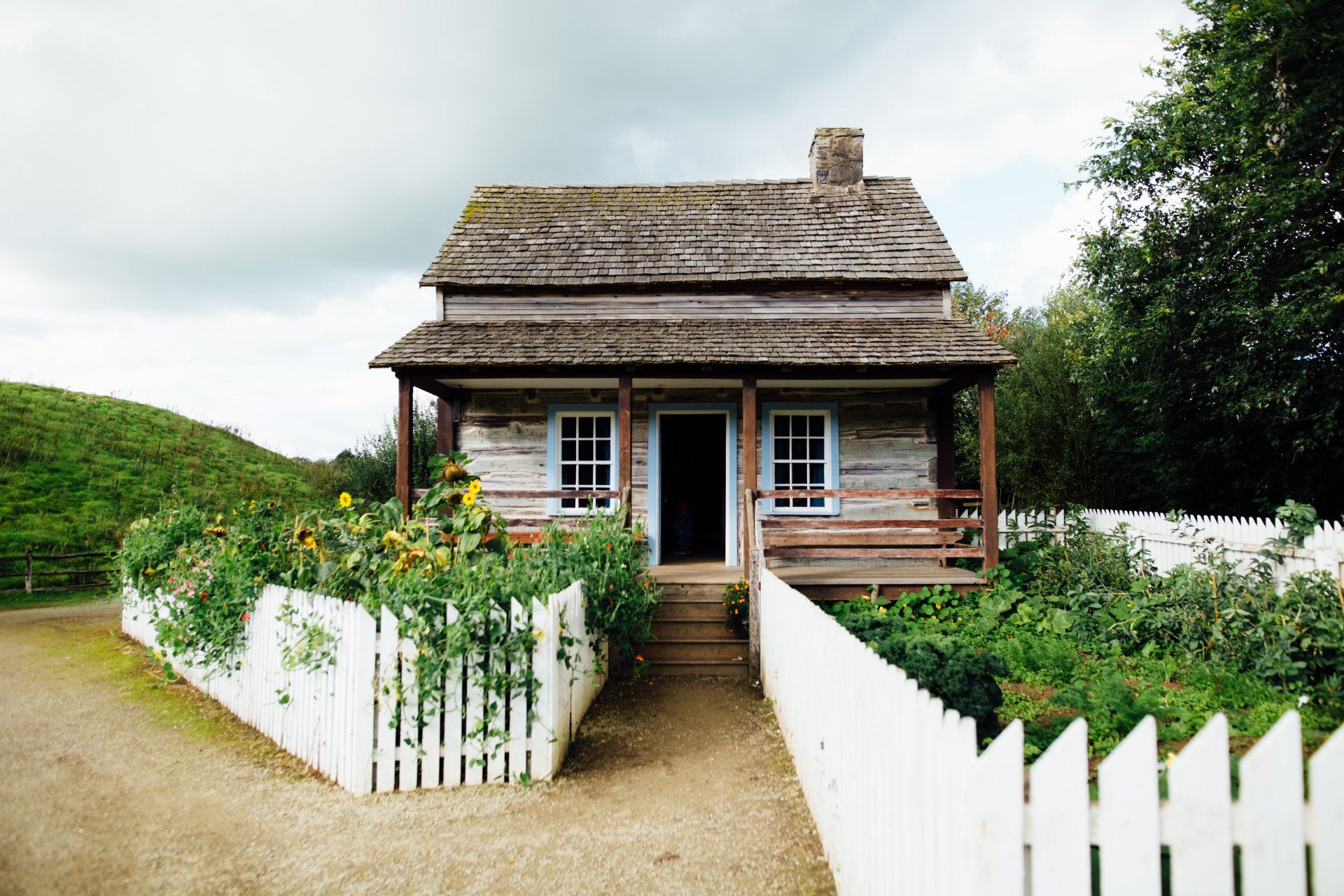
Interesting facts regarding fences can take up a whole couple of pages. There are a lot of things about fences that you might not realize or even consider as crucial. When we speak to our customers and share an oddity or two, we can help someone gain a piece of knowledge about the subject we are discussing.
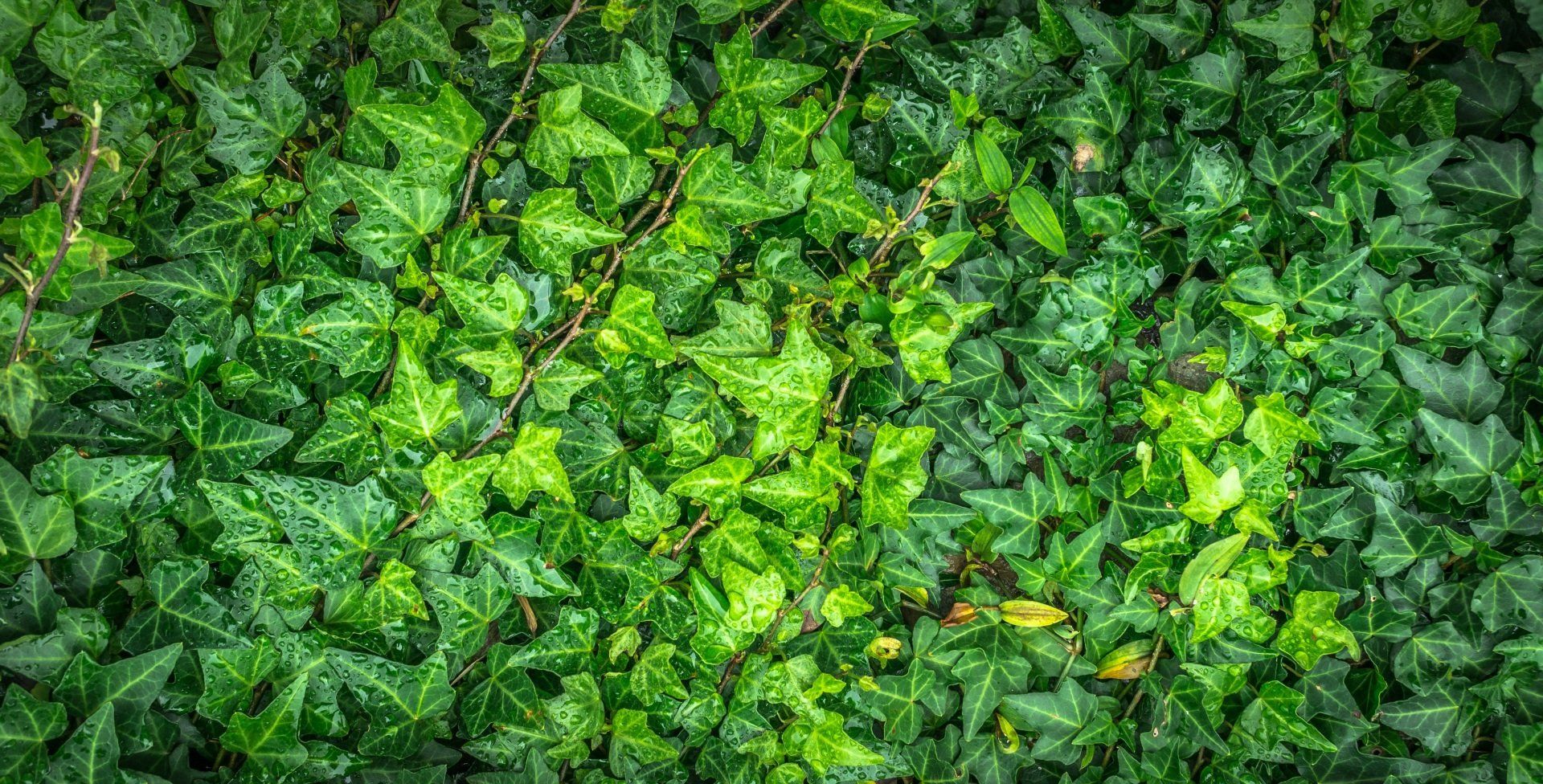
Stopping ivy and vines from ruining a fence may be a chore. A chore you take on every year and desire there has been a better answer. While ivy and vines can beautify a fence, the flora can ruin other ones too. We get many calls from customers seeking help with the ivy or vine hassle. Their fence is in problem; the damage is getting out of hand, and answers are wanted.
